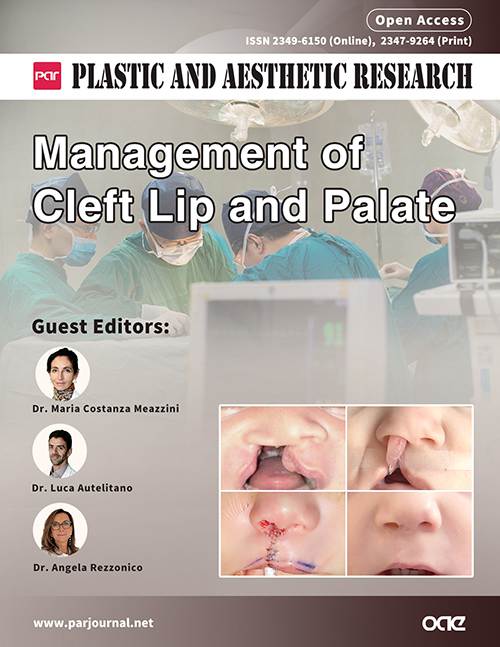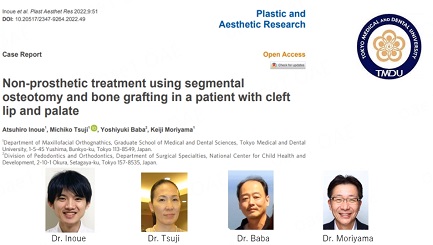
Topic: Management of Cleft Lip and Palate
A Special Issue of Plastic and Aesthetic Research
ISSN 2349-6150 (Online) 2347-9264 (Print)
Submission deadline: 30 May 2022
Guest Editor(s)
Dr. Maria Costanza Meazzini
Cleft Lip and Palate Regional Center, Smile House, Operation Smile, S.Paolo Hospital, Milan, Italy.
Dr. Luca Autelitano
Cleft Lip and Palate Regional Center, Smile House, Operation Smile, S.Paolo Hospital, Milan, Italy.
Special Issue Introduction
Cleft lip and palate (CLP) are the most common facial deformity and the second most common body deformity. They may involve lip only, lip and palate, or palate only. The etiology of CLP may be either environmental (smoking, alcohol, nutrition) or genetic (30% familial occurrence). A large number of specialists are involved in the treatment of CLP: cleft surgeons, speech pathologists, orthodontists, dentists, ENT surgeons, psychologists, and many other specialists.
An ideal protocol, both surgical or orthodontic, has not been identified as of now. However, many randomized clinical trials and long-term retrospective studies have been carried out to improve results while reducing the burden of care.
Treatment starts at birth with psychological support. It is followed sometimes by pre-surgical infant orthopedics. Then surgery (in one, two, or three steps) is carried out. Speech treatment is executed only if needed. Orthodontic treatment is started as late as possible and is guided by functional (ENT, breathing, speech) or occlusal (dental trauma, space required) indications.
The global objective is always to achieve the best possible function and esthetics while trying to keep the burden of care low.
An ideal protocol, both surgical or orthodontic, has not been identified as of now. However, many randomized clinical trials and long-term retrospective studies have been carried out to improve results while reducing the burden of care.
Treatment starts at birth with psychological support. It is followed sometimes by pre-surgical infant orthopedics. Then surgery (in one, two, or three steps) is carried out. Speech treatment is executed only if needed. Orthodontic treatment is started as late as possible and is guided by functional (ENT, breathing, speech) or occlusal (dental trauma, space required) indications.
The global objective is always to achieve the best possible function and esthetics while trying to keep the burden of care low.
Submission Deadline
30 May 2022
Submission Information
For Author Instructions, please refer to https://www.oaepublish.com/par/author_instructions
For Online Submission, please login at https://oaemesas.com/login?JournalId=par&IssueId=PAR211116
Submission Deadline: 30 May 2022
Contacts: Celine Zhang, Assistant Editor, Celine@parjournal.net






